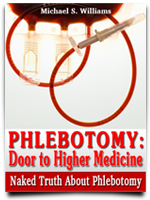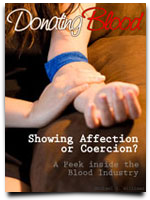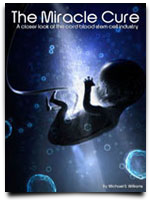A fungal infection or rather known as Aspergillosis is one of the most feared side effects when treating leukemia. This type of infection is exactly what three-year-old Zach Gowling, a local kid in Monmouth, Illinois, who received treatment to cure his PH+ Leukemia.
As a result of his first but failed cord blood transplant, Zach suffered more complications (pancreatitis is just one of them) and a weaker immune system. He also needed to undergo two brain surgeries to combat Aspergillosis.
Zach stayed emotionally strong during the difficult times and while preparing for his second cord blood transplant. Even his father admired his inner strength to “never griped and always did what he was told.” (ReviewAtlas, August 2011)
Before the scheduled treatment, it’s inevitable that Zach’s parents received direct advice from the doctors just to go home and wait for the expected. However, good times happen when least expected. Doctors confirmed there were no major setbacks after the surgery. Zach could fully recover.
As of the moment, although he might have little deficit in his growth, Zach performs well in school and been a straight A student. Below are what he wrote on his mom’s Facebook page.
“I am 11 and I am a two-time cancer survivor. I don’t remember all the details. … I remember bits and pieces. I remember being hooked up to so many cords. Mom called me her ‘little puppy on a leash.’ I remember Dad making me walk laps in the hall even when I didn’t want to. He said I’d get sicker if I didn’t. I remember people coming in to my room and talking about me like I wasn’t there. Sometimes I would fake sleep. I remember Mom and Dad being sad sometimes and trying not to let me see.”
“I remember lots of good stuff too. I remember my doctor being a little funny guy who always liked to squish on my stomach. I remember nurses, lots of nurses who always took care of me and made me smile. I remember the toy bin in clinic — that was AWESOME!”
“I remember meeting a donkey named Apple. I remember watching helicopters come and go from the helipad outside my bone marrow room. Firefighters visiting from Tucson No. 5 making me an honorary firefighter. I still have the get-well sign they made me. I remember Dad smuggling in a tarantula in a tupperware bin and we named it after one of the nurses. I remember Mom sitting on her own piece of pizza and not even knowing it until Dad told her. … I know I got to know Mom really good. She says I can still read her like a book.”





Cord Blood Banking Facebook
Blood Donation Twitter